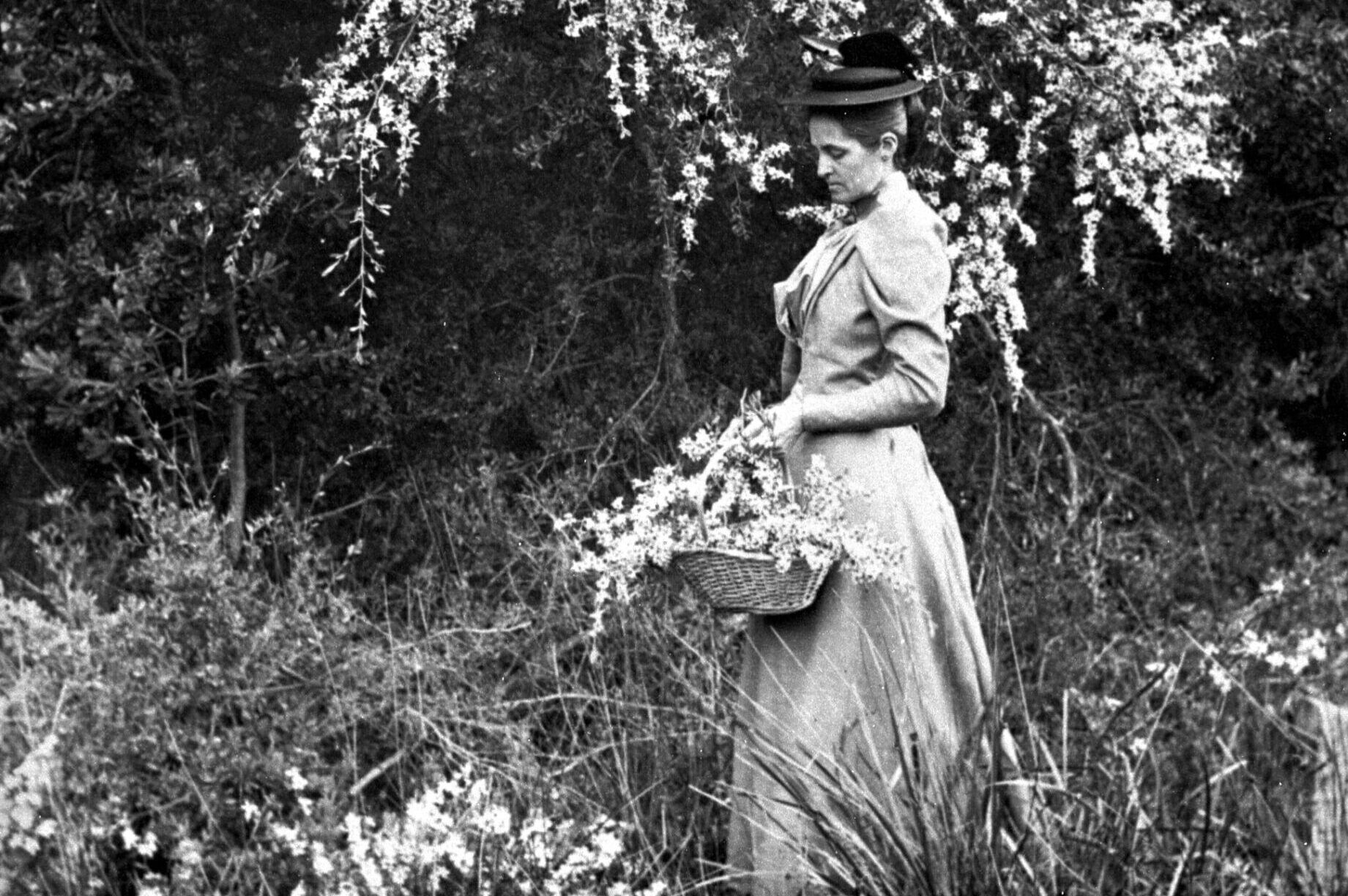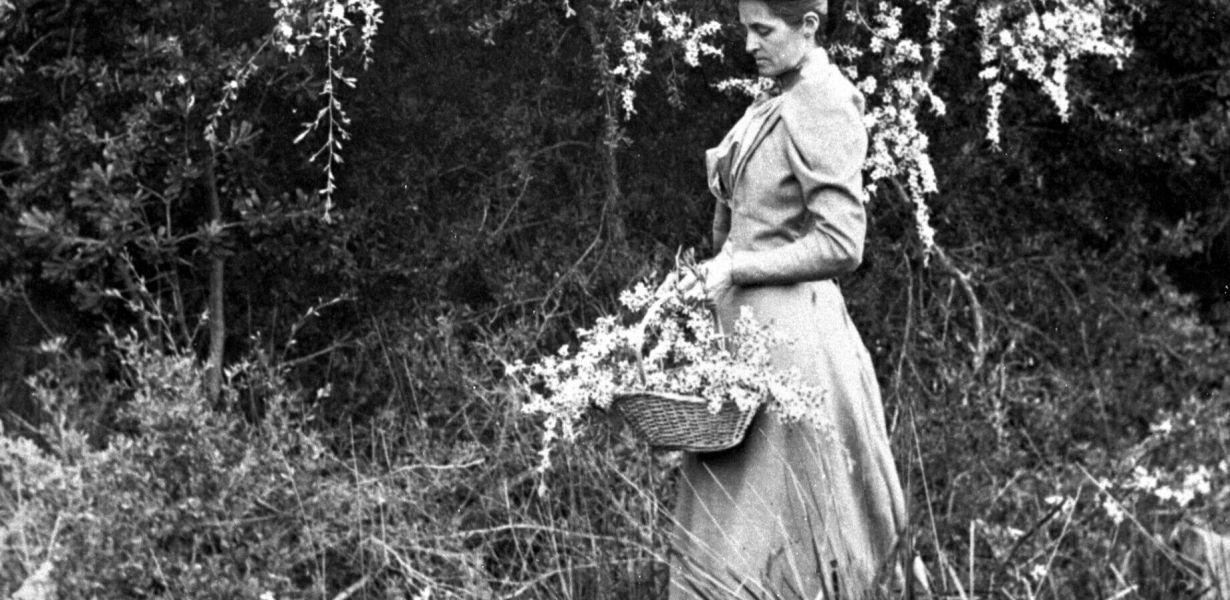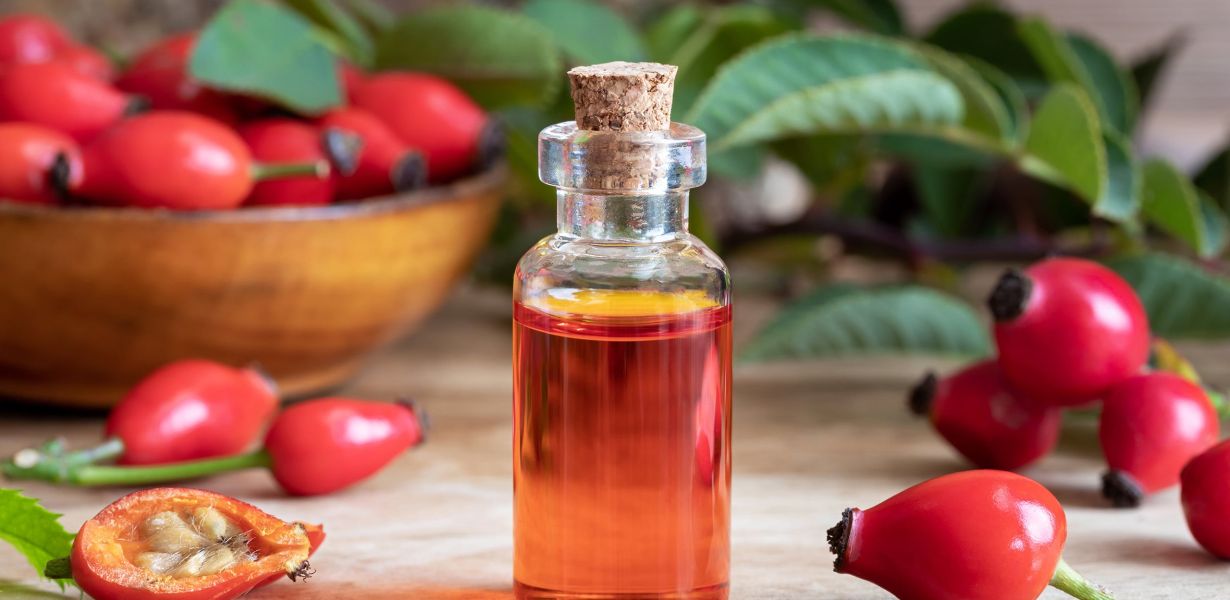Scents of Nature

The world is quite fascinating when you can take a moment and claw your way out of the mire dysfunction. Where you first see nature with an open mind and naked eye. That’s when the amazement begins and the journey into scent exploration. There are so many beautiful places to travel around our globe and so many scents to explore and transport you back to memories of yesteryear. Our first scent odyssey will take you to the Canary Islands, a Spanish archipelago off the coast of northwest Africa, rugged volcanic islands with black and white sand beaches. Here we find the unusual subtropical dragon tree in the genus Dracaena. When we think dragon, we imagine glaring eyes of fire, the king of serpents, and a beast hidden in a dark cave. However, the aroma of Dragon’s Blood is the exact opposite. Dragon’s Blood fragrance comes from the bright red resin from the tree’s sap. In folklore, dragon’s blood was used for its magical properties and witchcraft. The scent is mesmerizing and rich. A sweet, sticky, amber smell brings a calming mood to any space.
Aloha and off to the Big Island of Hawaii and the Sandalwood Tree. The Sandalwood tree is in a class of woods from the genus Santalum. Sandalwood is a heavy wood that can retain its fragrance for decades, making them one of the most expensive fragrances in the world. Hawaii, a beautiful paradise, is home to six unique, rare Sandalwood species only found on the Hawaiian Island and nowhere else in the world. The aroma is a rich floral with soft and sweet balsamic notes. The key benefits of Sandalwood it produces a calming effect, soothes skin, and promotes emotional well-being along with fighting bacteria. Sandalwood tree species can also be found in India.
Native to Europe but found throughout North America is Violet Leaf, or Mountain Rose Herb, and known by many as a “wild pansy.” A member of the Violaceae family is a beautiful fragrant flower used in herbal products and medicinal benefits. Violet Leaf was dried and crushed in folklore and used as a love potion. The aroma is a sweet sugary scent of violet, a soft powdery smell, with notes of cut grass and a cucumber vegetable—an enticing green freshness.
Calabria, the toe of the boot. Calabria is in the extreme southern point of Italy. Beautiful landscapes, rocky coasts, and the beautiful blue colors of the Ionian and Tyrrhenian Seas, home to pure and unpolluted scenery and Bergamot. Bergamot, bright and sunny and typical of a citrus tree. They are grown for their fruit, flowers, and leaves with their lemony scent. Tart, acidic, and highly fragrant, the oils come from the plant by cold pressing. The key benefits of the oil are to elevate mood and alleviate stress. Bergamot can be grown in some parts of North America and is also found in France and some areas of the Ivory Coast.
Aww, Vermont in the Spring, there is nothing like it. Warming light from the sun that is felt in the breeze, and the new green growth that flourishes all around. The Birch tree loves the northern temperate climate and is a thin-leaved deciduous hardwood tree from Betula and the Birch family. They are known for white coloration and paper-thin bark. The trees send their every growing green glow outward toward heaven and their calming perfume and oxygen into the air. Birch Tar is derived from the dry distillation of the Birch tree bark. The aroma is a sweet green and woodsy sap with a note of leathery earth. Birch Tar has disinfectants and antiseptic properties that can speed up the healing process. Birch Tar enhances the blood circulatory system in the body and aids in preventing toxins from collecting in muscles and skin.
Birches
“When I see birches bend to left and right
Across the lines of straighter darker trees,
I like to think some boy’s been swinging them.”
— Excerpt from a Robert Frost poem entitled: Birches



